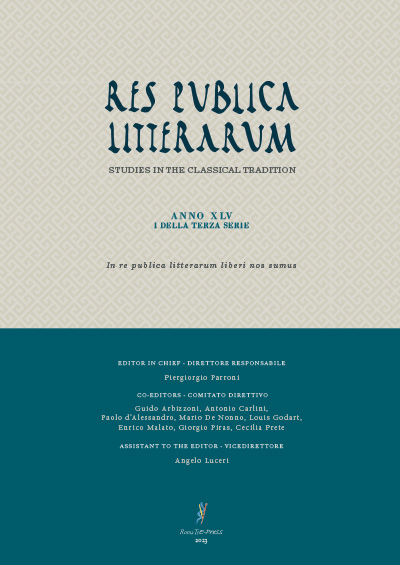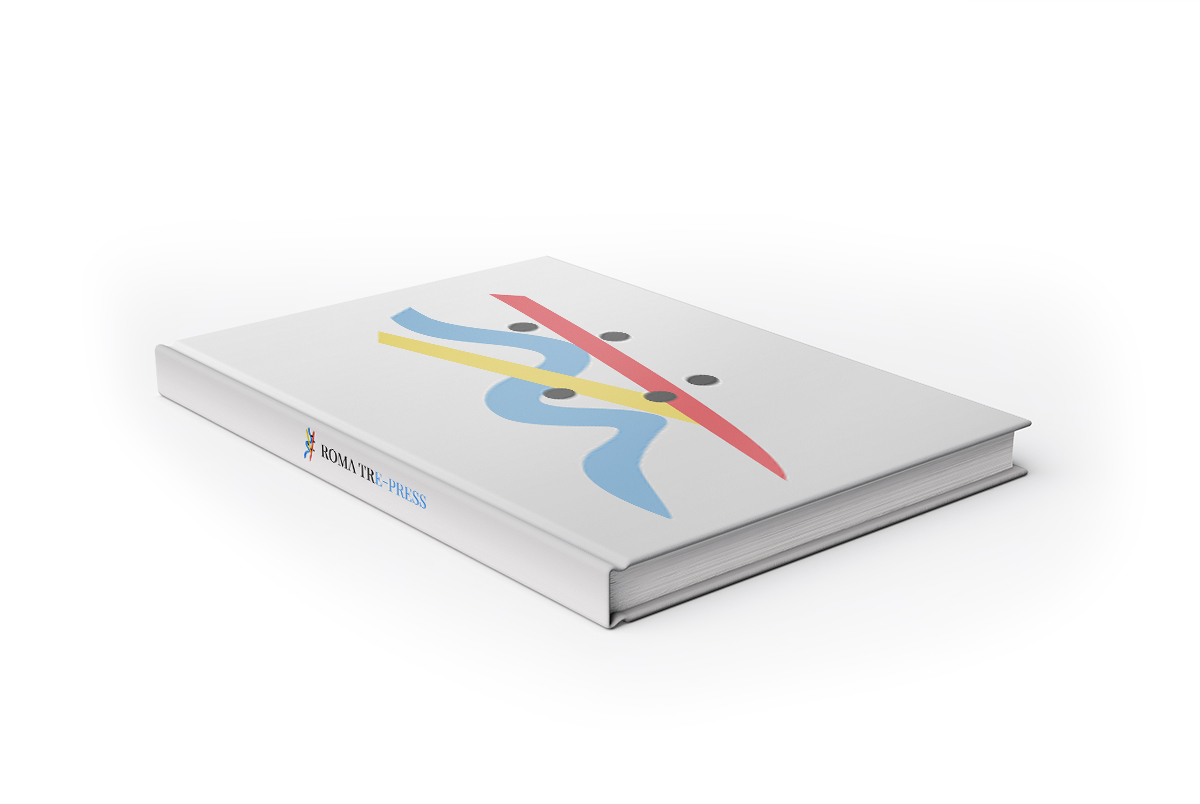Abstract

«Res publica litterarum» non cambia la sua missione, in linea con le finalità con cui fu fondata nel 1978 da Sesto Prete alla Kansas University, «rilanciare il concetto di ‘classico’ come matrice della cultura occidentale». Scriveva Piergiorgio Parroni, nella ‘Premessa’ alla seconda serie (1998): «forse Prete, vivendo all’estero, aveva percepito in anticipo quel vento di crisi che ora ci tocca cosí da vicino e aveva sentito il bisogno di recuperare la ‘tradizione classica’ nella sua totalità contro i pericoli di una cultura da un lato troppo frammentata, dall’altro troppo appiattita sul presente. Da qui l’esigenza di creare uno strumento rivolto a indagare la classicità dalle origini alla sua sopravvivenza nella contemporaneità, in tutti i suoi aspetti: la letteratura, il pensiero, le arti figurative». Venticinque anni dopo tale esigenza è ancora piú attuale. — Direzione e Redazione presso il Dipartimento di Studi Umanistici, Università Roma Tre, viale Ostiense 234, 00146 Roma; e-mail: rpl@uniroma3.it. I contributi devono essere accompagnati da un résumé italiano e inglese di non oltre 100 parole. I manoscritti saranno sottoposti a revisori anonimi.

«Res Publica Litterarum» continues its mission in line with the purpose for which it was founded by Sesto Prete at Kansas University in 1978, «to relaunch the idea of classical as the roots of Western culture». In the foreword to the second series (1998), Piergiorgio Parroni wrote: «Perhaps, living abroad, Prete perceived in advance that wind of crisis that is now so dominant, and felt the need to recover the ‘classical tradition’ in its totality, against the dangers of a culture which is, on the one hand, too fragmented, and on the other too absorbed in the present. Hence the necessity of creating a tool dedicated to the investigation of the classical world, from its origins to its survival in contemporary society, in all its aspects: literature, way of thinking, and figurative arts». After twenty-five years, this necessity is all the more actual. — Manuscripts of articles and book reviews should be sent to Res publica litterarum, Dipartimento di Studi Umanistici, Università Roma Tre, viale Ostiense 234, 00146 Roma; e-mail: rpl@uniroma3.it. Contributions must be accompanied by an Italian and English abstract of 100 words (max). Manuscripts received are reviewed by anonimous peers.



